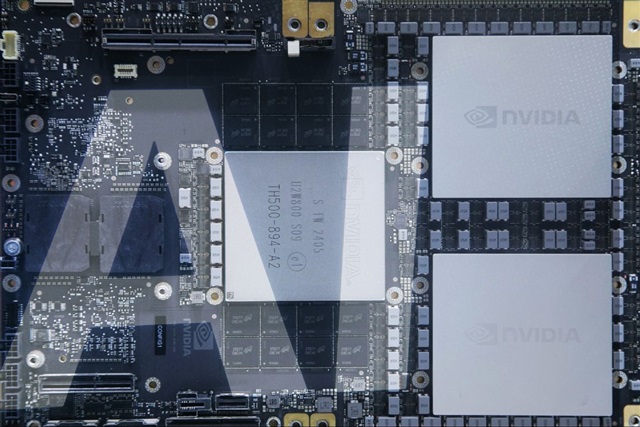Goldman Sachs recently released a striking report on the high-bandwidth memory (HBM) market, stating that regardless of forecasting scenarios, SK Hynix's monopoly over HBM will eventually come to an end.
Washington has formally approved shipments of Nvidia's H20 artificial intelligence chips to China, a decision widely seen as a strategic compromise shaped by both geopolitical calculations and commercial realities.
InPsytech, a leading company under the Egis Technology Group specializing in high-speed semiconductor IP solutions, has completed its advanced design for TSMC's Face-to-Face (F2F) SoIC technology, fully compliant with the UCIe 2.0 (Universal Chiplet Interconnect Express) standard. This marks a significant achievement for high-speed interconnect capability for heterogeneous integrated chips.
Ichia Technologies, consistently receiving strong demand in consumer and automotive products, reported a consolidated revenue of NT$2.8 billion (approx. US$95.4 million) in the second quarter of 2025. This is an 18% increase from the prior year, along with a 20% gross margin. Their net profit after tax was NT$208 million (approx. US$7.1 million), a record quarterly profit for the company.
TSMC lifted its full-year revenue outlook in dollar terms during an earnings call, citing robust demand for high-performance computing chips driven by artificial intelligence (AI) applications. The world's largest contract chipmaker benefits from the ongoing AI surge even as multiple macroeconomic challenges persist.
Pegatron Chairman T.H. Tung welcomed the sharp reduction in US tariffs on Indonesian exports to 19%—the lowest among Asian countries to date—as a timely boost for the company's newly ramped-up production facility in Batam. He noted that the cut offers Taiwanese companies with operations in Southeast Asia a stronger foothold in global tech competition.
Nvidia announced at China's International Supply Chain Expo that its H20 chips received US government approval to resume sales in the world's second-largest economy, marking a pivotal moment for the semiconductor giant's efforts to regain lost ground in a critical market.
Three months after the US abruptly halted shipments of downgraded AI chips to China in April, Nvidia CEO Jensen Huang returned to the country in mid-July to announce that Washington had given the green light for the H20—a China-specific version of its AI accelerator. His cheerful demeanor during the visit marked a stark contrast to the more tense and formal appearance he had during his previous trip.
Nvidia has begun limited production of its next-generation AI server platform, the GB300, with volume shipments expected to ramp up starting in September 2025, according to sources in the supply chain. Industry insiders expect a smooth production trajectory into the second half of the year, thanks to a strategic shift that's easing the burden on manufacturers.
Japan's JS Foundry, a state-backed contract manufacturer specializing in power semiconductors and analog ICs, has filed for bankruptcy after failing to secure a buyer or new investment amid deteriorating market conditions and growing competition from China.
Malaysia's semiconductor industry traces back to the 1970s. In August 1972, Malaysia's first free trade zone, the Bayan Lepas Free Industrial Zone (Bayan Lepas FIZ), was launched in Penang. Within four years of Intel's founding, the company established its first overseas packaging and testing plant there.
More coverage




